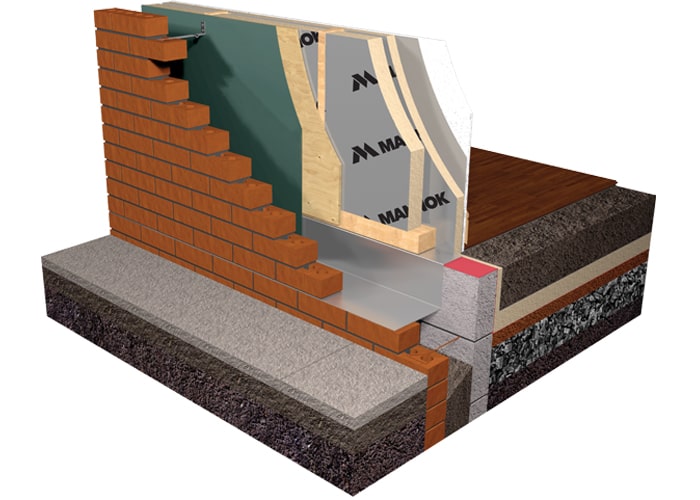
Timber frame construction has gained popularity in recent years due to its sustainability and cost-effectiveness. However, when it comes to fire safety, proper precautions must be taken to ensure the safety of the occupants. Cavity barriers play a crucial role in preventing the spread of fire within the building, especially in timber frame constructions. Let's explore why cavity barriers are essential for fire safety in timber frame construction.
The Role of Cavity Barriers in Fire Safety
Cavity barriers are essential components of the fire protection system in timber frame constructions. These barriers are designed to prevent the spread of fire and smoke within concealed spaces, such as wall cavities, floors, and roof voids. In the event of a fire, cavity barriers act as a barrier to restrict the passage of flames and smoke, providing valuable time for occupants to evacuate safely and for firefighters to control the fire.
Key Functions of Cavity Barriers
- Fire Containment: Cavity barriers help contain the spread of fire within the compartment where it originates, limiting the damage and reducing the risk to occupants.
- Smoke Control: In addition to preventing the spread of flames, cavity barriers also restrict the movement of smoke, which is a major cause of casualties in fires.
- Compliance: Building regulations require the use of cavity barriers in timber frame constructions to meet fire safety standards and ensure the protection of occupants.
- Structural Integrity: Cavity barriers also contribute to the overall structural integrity of the building by reducing the risk of fire-induced collapse.
Types of Cavity Barriers
There are various types of cavity barriers available, each designed for specific applications and performance requirements. The choice of cavity barrier depends on factors such as the construction type, building regulations, and fire safety objectives. Some common types of cavity barriers include:
1. Intumescent Strips
Intumescent strips are designed to expand and fill the cavity in the event of a fire, creating a barrier that prevents the passage of fire and smoke. These strips are commonly used in timber frame constructions to seal gaps and openings where fire could spread.
2. Fire-Resistant Materials
Fire-resistant materials, such as mineral wool or fire-rated boards, are used to create a physical barrier within the cavity. These materials are non-combustible and provide enhanced protection against the spread of fire.
3. Fire Stops
Fire stops are vertical barriers installed within wall cavities to prevent the horizontal spread of fire. These barriers help compartmentalize the building, limiting the extent of fire damage and improving overall fire safety.
Installation and Maintenance
Proper installation and maintenance of cavity barriers are essential to ensure their effectiveness in the event of a fire. Here are some key considerations:
Installation
- Follow the manufacturer's guidelines for proper installation of cavity barriers.
- Ensure that all gaps and openings in the cavity are sealed with fire-resistant materials or intumescent strips.
- Regularly inspect and test cavity barriers to verify their integrity and performance.
Maintenance
- Inspect cavity barriers during routine building inspections to check for any signs of damage or degradation.
- Replace any damaged or compromised cavity barriers promptly to maintain the fire safety integrity of the building.
- Keep records of cavity barrier installations and maintenance for compliance with building regulations.
Conclusion
In conclusion, cavity barriers are crucial components of fire safety in timber frame construction. These barriers play a vital role in containing the spread of fire and smoke, protecting occupants and property from the devastating effects of a fire. By understanding the importance of cavity barriers and ensuring their proper installation and maintenance, builders and property owners can enhance the overall fire safety of timber frame constructions.